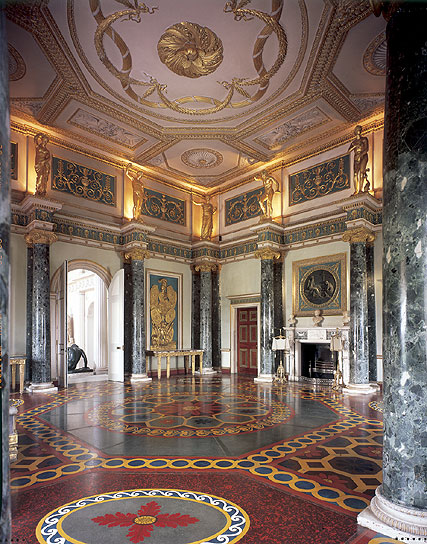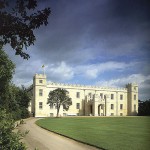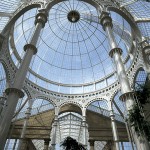English Heritage.
Apsley House was originally designed and built by Robert Adam between 1771 and 1778 for Baron Apsley. Later, it was owned by Richard Wellesley and then by his younger brother Arthur Wellesley – the Duke of Wellington. Wellington is best known for defeating Napoleon at the Battle of Waterloo, but he was also a major politician, who rose to become Prime Minister in 1828. Apsley House was redesigned to reflect Wellesley’s rising status, and its dazzling interiors are prime examples of British grandeur in the Regency style. Inside Apsley House are many objects relating to the Duke’s life and work, including his art collection, some of it collected on campaign, a giant statue of Napoleon, a huge silver-gilt dining table centerpiece, and a whole room full of trophies donated by grateful nations.
With all that opulence on display, there is plenty to look at inside Apsley House. It’s more of a palace than a house, in fact. The exhibitions in some of the rooms are quite informative about Wellesley’s career.
Hyde Park Corner underground station is adjacent to the house. Don’t even think of trying to go there by car. On the traffic island in front of the house is the Wellington Arch (see separate entry), and an assortment of statues and monuments which are worth a look while you’re there.
While here, I also visited the actual Marble Arch, reached by a bracing walk along the edge of Hyde Park. This three-arch white marble monument is worth a look, but you can’t go inside.



